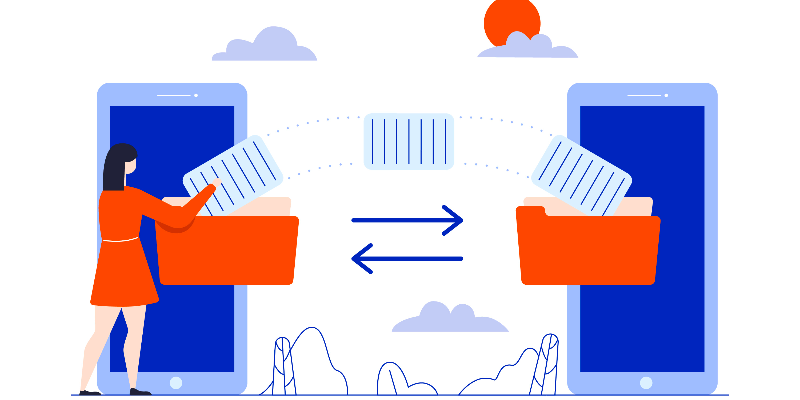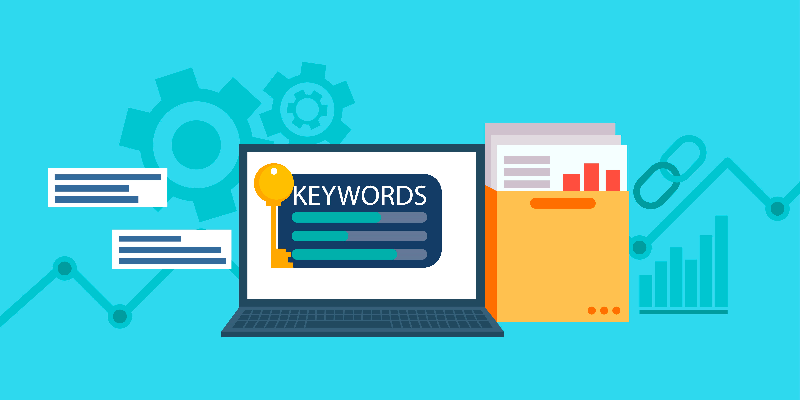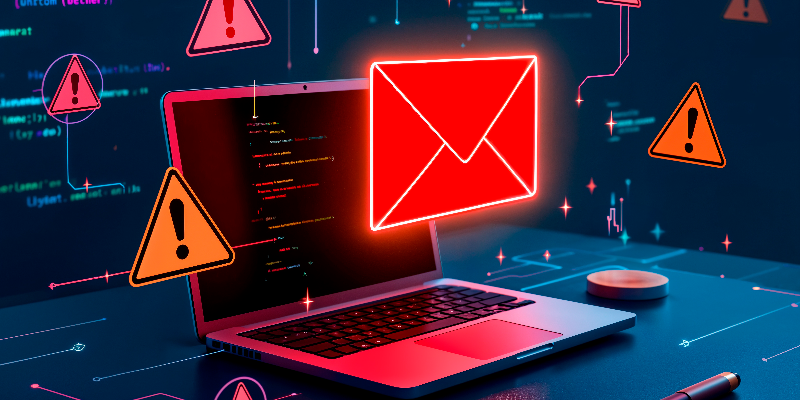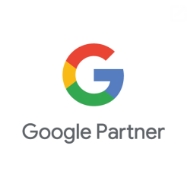Understanding Google Penalties: Types, Causes, and Recovery Tips

Ranking high in Google’s search results is essential for online success, but what happens when your website suddenly loses traffic or visibility? The answer might be a penalty on Google. These penalties are enforced by the tech giant to ensure websites follow proper SEO practices and offer a great user experience. If your site has been hit, understanding what caused it and how to fix the issue is key to bouncing back.
This article will guide you through the types of Google penalties, what triggers them, and provide actionable steps on how to remove Google penalty and how to avoid Google penalty in the future.
What Is a Google Penalty?
A Google penalty is a manual or algorithmic action that lowers your website's search engine rankings. It’s a sign that your website has violated Google’s webmaster guidelines, often unintentionally. The results are clear: a drop in traffic, lost rankings, and, in severe cases, de-indexation from search results. Understanding how and why these penalties happen is the first step toward recovery.
Types of Google Penalties
There are two main categories:
1. Manual Penalties
Manual actions are imposed by Google’s human reviewers when your site violates specific guidelines. These are usually listed in the Google Search Console under the "Manual Actions" tab. Examples include:
- Unnatural links to your site
- Thin content with little or no value
- Cloaking or sneaky redirects
- Spammy structured markup
2. Algorithmic Penalties
These are triggered automatically by changes in Google’s algorithm, such as Panda, Penguin, or helpful content updates. Unlike manual penalties, they’re harder to detect because they won’t be listed in the Search Console. You might notice:
- Sudden drop in traffic
- Rankings plummet after an algorithm update
Understanding which penalty affects your site is vital to deciding how to remove Google penalty efficiently.
Common Causes of Google Penalties
Knowing how to avoid Google penalty means understanding what causes them. Here are the most frequent triggers:
1. Unnatural Links
Having a backlink profile filled with low-quality, paid, or spammy links is a major red flag. Google wants links to occur naturally.
2. Duplicate Content
Publishing the same content across multiple pages or copying from other websites can invite penalties. Always focus on high-quality content.
3. Thin Content
Pages with little useful information, such as doorway pages or auto-generated content, are frowned upon.
4. Keyword Stuffing
Overusing keywords to manipulate rankings disrupts the user experience and violates guidelines.

5. User-Generated Spam
If your forums or blog comments are filled with spammy links or irrelevant content, you may be penalized.

6. Hidden Text or Cloaking
Trying to deceive search engines by showing different content to users than to crawlers can result in penalties.
How to Remove Google Penalty
Once you've identified a penalty on Google, follow these steps to recover:
1. Identify the Penalty Type
- Check Google Search Console for manual actions.
- Use Google Analytics to observe traffic drops that coincide with algorithm updates.
2. Audit Your Website
Use tools like SEMrush, Ahrefs, or Screaming Frog to:
- Review backlinks for spammy or paid links
- Identify duplicate or thin content
- Evaluate keyword density and user engagement
3. Fix the Issues
- Disavow unnatural links using Google’s Disavow Tool
- Rewrite or remove thin/duplicate content
- Improve on-page SEO and fix user-generated spam
4. Submit a Reconsideration Request
If it's a manual penalty, explain your efforts in a reconsideration request through Search Console. Be honest and detailed about the changes made.
5. Monitor Your Recovery
Recovery can take time. Continue monitoring traffic via Google Analytics and index status through Search Console.
Knowing how to remove Google penalty is just one side of the coin. You also need strategies to ensure you don’t get penalized again.
How to Avoid Google Penalty
An ounce of prevention is worth a pound of cure. Here’s how to avoid Google penalty and keep your rankings stable:
1. Create High-Quality, Original Content
This is the golden rule. Your content should be relevant, informative, and unique. Avoid duplication at all costs.
2. Build a Natural Backlink Profile
Earn links through guest blogging, public relations, and content marketing. Stay away from link farms or paid link schemes.
3. Optimize User Experience
Ensure your site loads quickly, is mobile-friendly, and is easy to navigate. Google values a positive user experience.
4. Maintain a Clean Site Structure
- Use clean URLs
- Fix crawl errors
- Submit an updated sitemap
- Avoid redirect chains
5. Monitor Your SEO Practices Regularly
Tools like Moz, Ahrefs, and Google’s own tools can help you stay on top of your site’s health.
Tools to Help You Avoid and Remove Google Penalties
- Google Search Console: Track manual penalties and performance.
- Google Analytics: Identify sudden traffic drops.
- Ahrefs/Semrush: Monitor backlinks and keyword usage.
- Copyscape: Check for duplicate content.
- Screaming Frog: Perform technical SEO audits.
How an SEO Agency Can Help
If you’re struggling with a penalty on Google, hiring an expert can make a big difference. An experienced SEO agency in Bangalore can:
- Analyze the root cause
- Disavow harmful backlinks
- Rebuild your site’s content and link profile
- Submit effective reconsideration requests
Conclusion
Dealing with a penalty on Google can be stressful, but it’s not the end of the road. By understanding the different types of Google penalties, what causes them, and implementing a solid recovery plan, you can bounce back stronger.
Remember:
- Know how to remove Google penalty
- Learn how to avoid Google penalty in the first place
- Regularly audit your content and backlinks
- Provide a great user experience
- Work with a reliable SEO team if needed
Stay informed, follow best practices, and you’ll reduce your risk of penalties while enhancing your site’s performance long-term.
